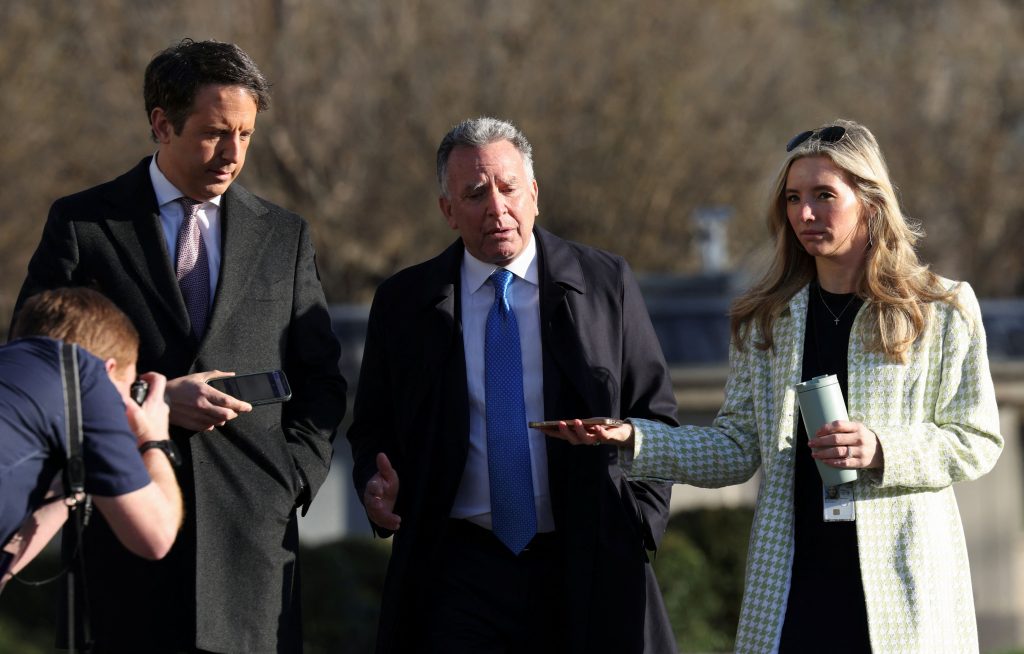In a significant diplomatic development, the United States has brokered two separate ceasefire agreements with Ukraine and Russia, pausing attacks on maritime routes and energy infrastructure, says Reuters. The deals, reached after parallel talks in Saudi Arabia and direct calls between President Donald Trump, Vladimir Putin, and Volodymyr Zelenskiy, mark the first formal commitments since Trump’s inauguration.
The energy ceasefire, in effect since March 18, includes a 30-day pause in strikes on critical infrastructure. This follows months of tit-for-tat attacks on Ukraine’s power grid and Russia’s oil facilities. The maritime deal, aimed at securing Black Sea routes, is intended to prevent further disruption to Ukrainian grain exports and global food security.
Russia has demanded sanctions relief — particularly restoring its agricultural bank’s SWIFT access — as part of the deal. However, Zelenskiy denied that lifting sanctions is a condition for the ceasefires to begin, calling Moscow’s claims a distortion.
Despite mutual distrust, both Kyiv and Moscow have agreed to rely on Washington to enforce the terms. Trump hailed the agreements as progress, though warned of “tremendous animosity” remaining between the parties.
Still, European leaders remain wary. They fear Trump may concede too much to Russia, especially if Kyiv is pressured to halt NATO ambitions or cede territory.
If successful, the agreements could lay the groundwork for a broader truce. For now, Ukraine has warned that any unauthorized Russian naval movement will be treated as a threat, reserving the right to self-defense.




